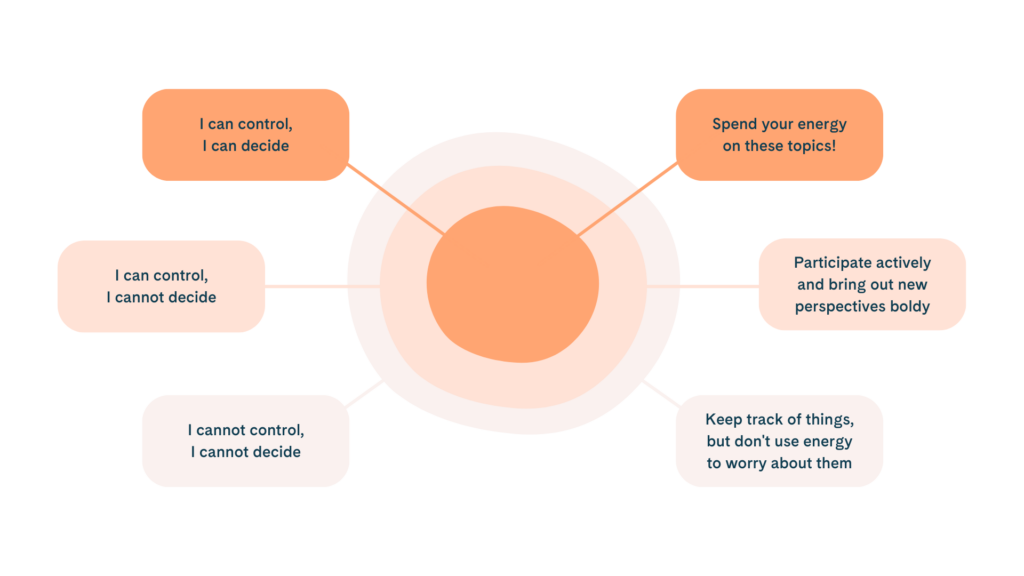We are seeing a greater interest among our customers for being more transparent and inclusive when it comes to large transformations. Organizations see the need for involving their employees, the true experts in their business, in planning the change and voicing their needs for support during the change. However, if one realizes the importance of involving people in planning change, it is most likely not going to go 100% right the first time. Leaning on both my own experience and the experience of well-known change management advisor, coach, and educator Andrew Horlick, I would like to share a few pitfalls that are good to acknowledge, so that things go more right than wrong:
- If you change your culture from being authoritative to being very inclusive, this is not going to happen overnight, and it does not really seem fair to ask people who yesterday were led by authoritative leaders, to start airing their honest opinions and sharing their wildest ideas the very next day. First, you must change your leadership culture and invest in building up psychological safety in all parts of the organization.
- Note that you should involve the employees that are affected by the change and involve them on issues that they understand, have expertise in and can influence. It is a simple truth that one cannot involve just anyone with an opinion but need to carefully select the right people for the right issues. So, no matter how eager you are on shifting decision-making downwards, hold your horses: not everyone can make decisions on everything – you need to plan the concept for employee involvement first. In this, you can use the circle of influence – model (picture below) to help you plan.
- Involvement can also be done on a “light” level with those who are not directly in the eye of the storm. This means that you are not involving those people in the decision-making per se, but at least they feel heard by giving some input and feedback. Sometimes you find grains of gold amongst these comments. When you are a bit further from the direct impacts of change, but still have experience with similar matters, you can share excellent views with a bit of perspective. So, info-sessions, Q&A sessions, online discussion forums and feedback channels create good opportunities to make people feel heard; use these means in parallel with interviews and workshops.

- If you are going to involve people, do it early on, before every decision is already made behind the scenes. If you only involve people for the sake of looking modern and inclusive, it will do much more harm than if you hadn’t involved anyone in the planning to begin with. It will only convey dishonesty and lead to mistrust among your employees.
- When you let people into the inner circle of power and decision-making; make sure that the scope is clear and clearly state the “must-haves” and constraints. Some things are not open to discussion, so don’t put them on the table at all, but explain what the boundaries are. Exaggeratedly: you don’t want to end up with a bubble gum machine in your office when all you really wanted was to know what kind of coffee machine your team prefers.
- Involve the right people at the right time. You probably want to have a somewhat heterogenous mix of people discussing a topic they all know: those who are in favour of the idea, those who oppose it, those who are neutral etc. Preferably choose people, who are credible among their colleagues and have an influence over their peers.
- When you arrange a workshop for people to get involved in the change, please note that you cannot invite too many people in one workshop. If the objective is to get some decisions made in the workshop, one should restrict the amount of people to appr. 10–12. On the other hand, if you are sharing information and asking input for a few decisions among a few prepared alternatives, you can involve up to about 20 people. When you have a workshop with about 40 people, it is hard to even call it a workshop and your objective should be more about sharing information and allowing a few polls or questions.
- Good facilitation is key. When involving people in e.g., workshops, it is crucial to be able to steer the discussion well so that everyone gets heard and you ensure coming up with some decisions at the end. It is frustrating if you at the end of the workshop realize that you have spent a couple of hours of your busy afternoon with endlessly debating views.
- Be aware of the way you talk to the ones you are asking input from: “Yes, great idea, but….” or “Yes, great idea and…”. Such a big different between a “but” and an “and”. As Stephen Dubner on Freaconomics radio used to say: Usually everyone always has a big but! (pun intended).
- Last, but not least: if you decide to involve people in the planning or decision-making (with them honoring the scope and constraints), then do NOT ignore their input or decisions by doing everything according to your own mind anyways. To put it bluntly: That is not proper involvement!
Truly involving employees in the planning of change and doing it smoothly to the benefit of both people and business success, is not always easy and few are the companies, who really rock this. Many companies jazz around it and create nice tunes and a good boogie, but to really rock it, it takes a lot and an open culture with a strong culture of psychological safety. Luckily, more and more companies are opening their eyes to the fact that in this so called VUCA-world (volatile, uncertain, complex, and ambiguous), they need to step it up and increase their internal change capabilities, use change management methodologies and tools, and ensure that their people are part of the solution, not the problem. Otherwise, it becomes very hard to play to the notes of constant change.



